The choice of title is a deliberate, non static one: the suggestion of motion in each of these images contributes to the feeling that we are viewing something transient, temporal and busy. Despite the density and size of the population, Tokyo somehow can still manage to feel quiet and isolated and times – I put this down to having something to do with the very ordered nature of society and the existence of very formal structures/expectations that mean nobody is in Ginza before about 11am since nothing is open, or Maronouchi is rather dead after 9pm and on weekends as everybody has gone home. It’s possible to make images that make the place feel quite cold and inhuman even though most of the time, this couldn’t be further form the truth. This set looks for a little chaos and humanity. You’ll probably also notice it’s quite cinematic, despite being mostly shot with relatively slow lenses. MT
This series was shot with a Canon 100D, 24STM and 55-250STM lenses, an X1D-50c and 90mm, and a H6D-100c and 100mm. Post processing was completed using the techniques in the weekly workflow and PS Workflow III. Travel to Tokyo vicariously with How To See Ep.2: Tokyo, learn to be stealthy with S1: Street Photography and see how to capture the essence of a location with T1: Travel Photography.
__________________
Prints from this series are available on request here
__________________
More info on Hasselblad cameras and lenses can be found here.
__________________
Visit the Teaching Store to up your photographic game – including workshop and Photoshop Workflow videos and the customized Email School of Photography. You can also support the site by purchasing from B&H and Amazon – thanks!
We are also on Facebook and there is a curated reader Flickr pool.
Images and content copyright Ming Thein | mingthein.com 2012 onwards. All rights reserved
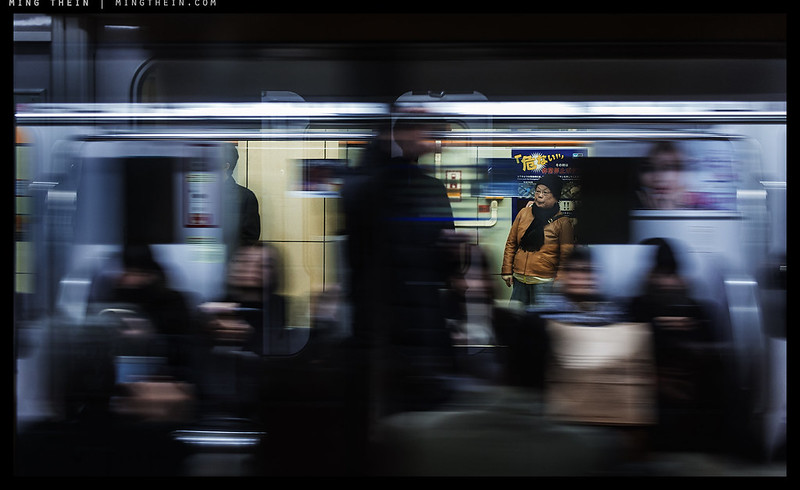
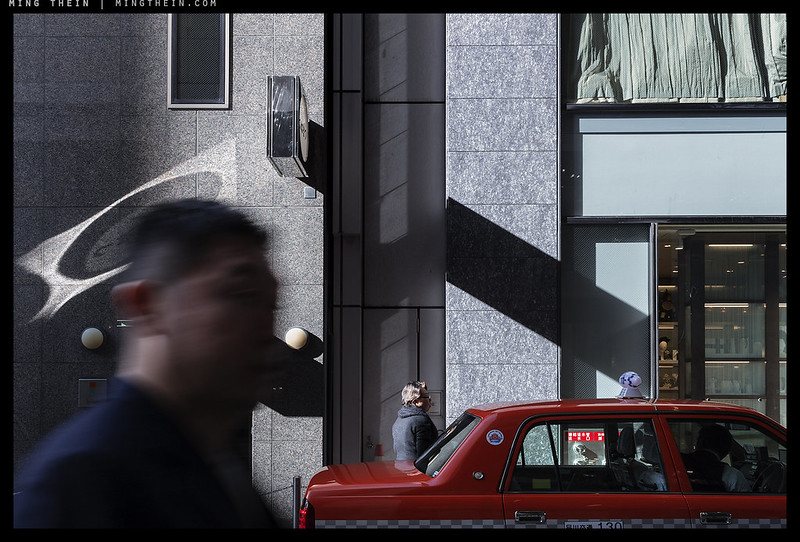
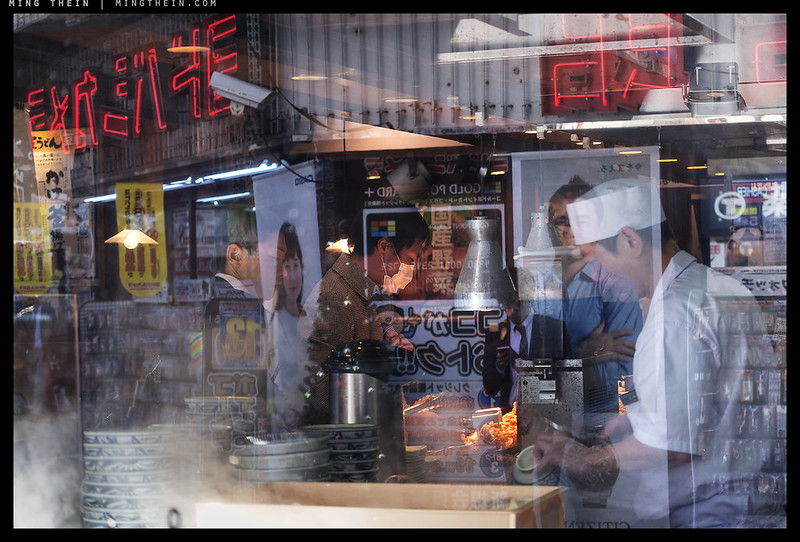
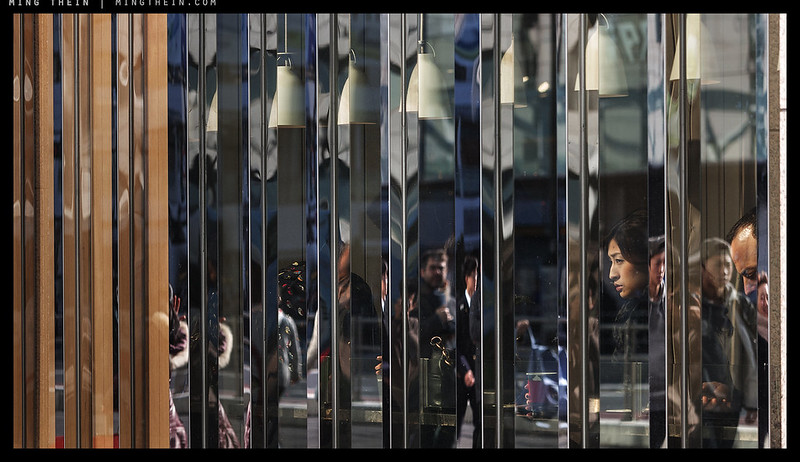
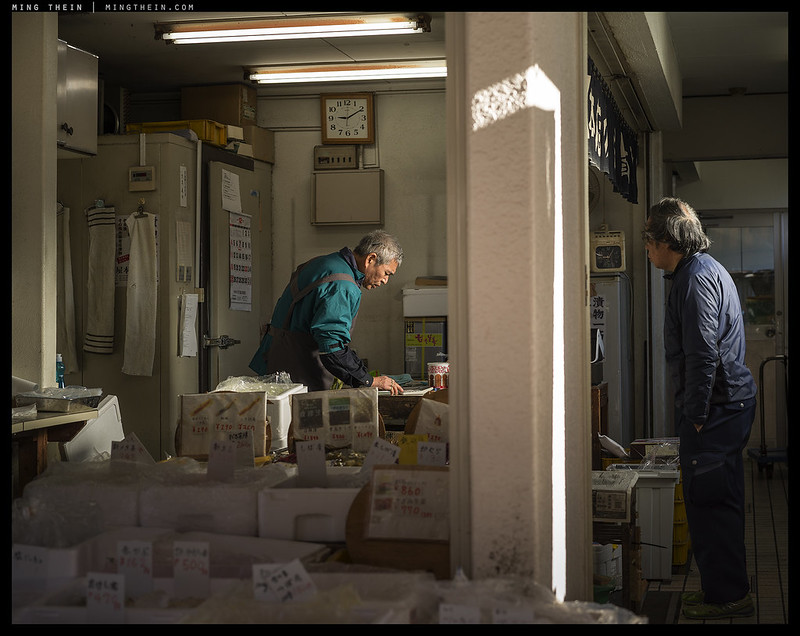
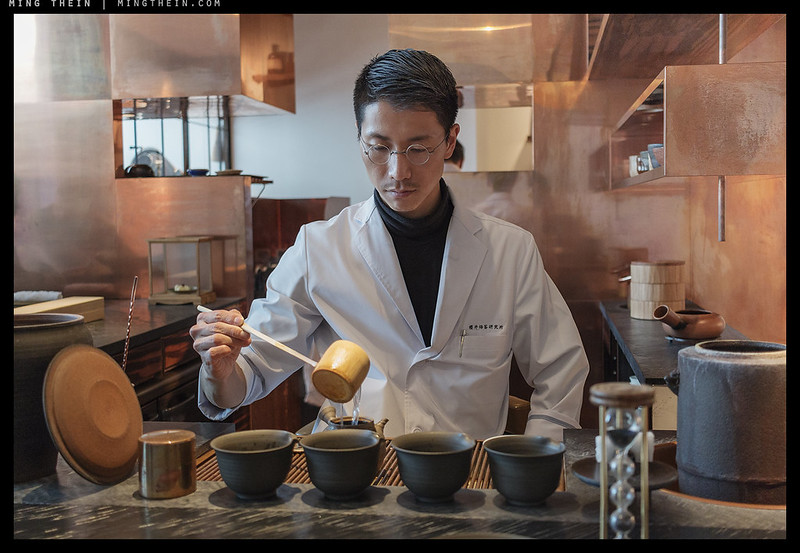
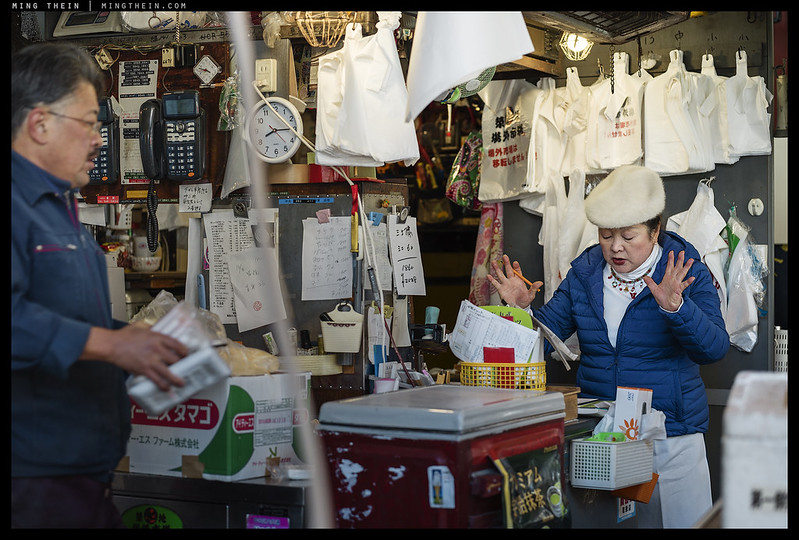
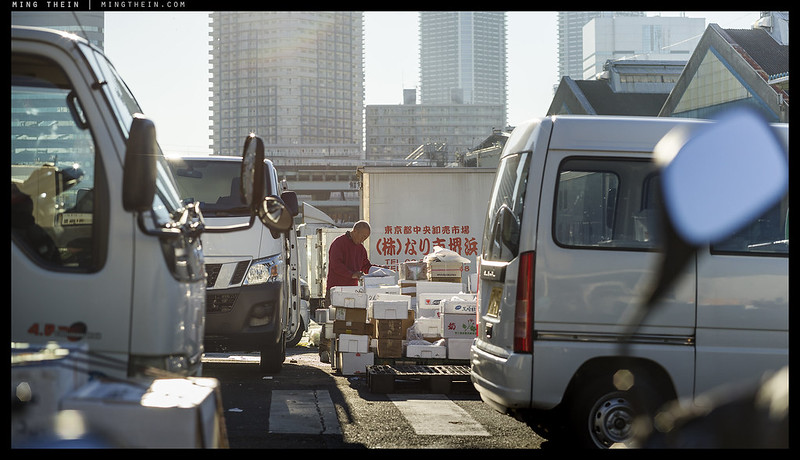
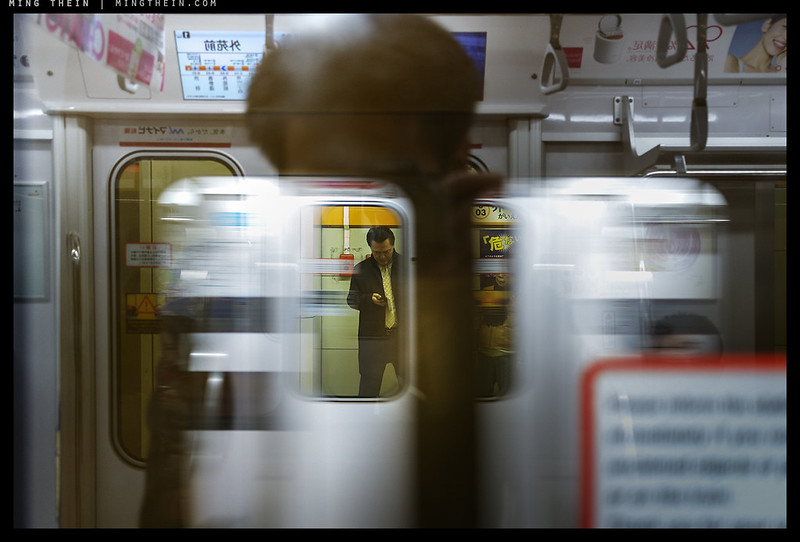



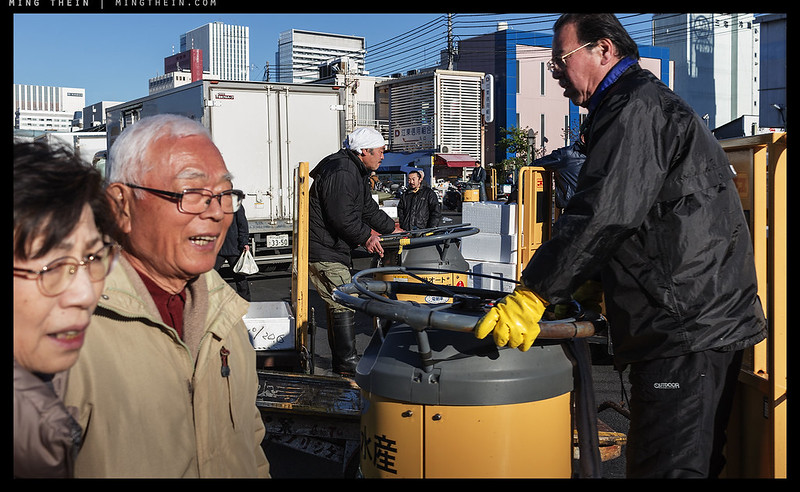





You got some interesting Photos here. Looks like the daily life of Tokyo and what people typically do. Perhaps this is a “Storyboard” for a Commercial Premiere of what Tokyo is like.
Wasn’t the intention, but I see where you’re coming from…
Wow everything looks like it’s straight outta a movie!!! Thank you for sharing!
Thanks!
Dear Ming, while a non-pro hobbyist, I spend a lot of time (probably too much) photo and camera websites. I will often spend time at DPReview, Petapixel, FStoppers etc (as well as sites like Lensculture) though the constant sniping between posters about gear is really tiresome as are the constant complaints about any featured photographer or competition winner. I also enjoy looking at camera and lens reviews though the photos are almost invariably rather unmemorable and repetitive. In light of this, when I navigate to your site I am always blown away by the quality of the photographs. Spending time on the techie camera websites it’s easy to forget what is so appealing about photography. Looking at this set (and so many others on this website) reminds me: great photos with interesting compositions, appealing colours and thoughtful themes (and no tedious lecturing about microlenses, equivalence, flange distance and other guff!) Keep up the great work.
Thanks Richard. I started this site for the same reason: photography is about photographs, but everywhere else it seems to have been subverted into equipment. The images always come first! 🙂
Amen Ming!
Great shots. I love the one of the tea master, and I still regret I wasn’t able to drop by when I was in Tokyo.
Highly recommended if you can make it…
Me and a friend are planning to go again in 2019, so it will be high up on my list.
I think by then it will be so popular you have to book now 😞
Great set. I especially like the 4th image (the mirrored wall with narrow windows.)
Thanks!
I very much like the shot of the man making tea. Something about the scene and his intensity. Nice work.
Thanks – and the tea was good too. He’s the tea master at Sakurai in Omotesando.
“This set looks for a little chaos and humanity. You’ll probably also notice it’s quite cinematic, despite being mostly shot with relatively slow lenses”. Yes! I needed to read this and see it.
Great set Ming.
Thanks!
Thank you, Ming. I continue to like (very much) a very large proportion of your body of artistic work.
Thanks!
Hi Ming, this was an interesting set of photos, as were indeed your Tokyo solos! I’ve noticed that you haven’t had any workshops in 2017; do you by any chance have anything planned for 2018? I’m certain that it would be really fun to do a master class in Tokyo…;) Maybe your work for Hasselblad (which by the way is very interesting) has kept you too busy.
Thanks. Unfortunately I’ve had to cut back on some things – teaching for one – because between parenthood, Hasselblad and my watch company, there simply isn’t time 🙂
I’ll be the first to sign up for a US workshop if you happen to return.
Sorry, not so long as Trump is making life difficult for us…
I completely understand, I guess I’ll keep my fingers crossed that you’ll magically find some extra time on your hands in the not too distant future. Is there by any chance a magical waiting list…;) Congrats on parenthood; it’s a wild and, mostly, very rewarding ride. Makes a lot of sense keeping clear of the orange man-child. All the best!
Nope, no waiting list…education is in far less demand than equipment somehow. 😛
I enjoyed the images and the narrative. I like the mix of cameras and lenses used. I like the images, but the gear head in me also likes to try and guess the camera and lens used. In this essay, perhaps more than your other recent essays, the photography, for web viewing, betrays little sense of what was used to to take any given exposure (at least to my eyes).
At web sizes, it doesn’t really matter too much. Print or client use is something else entirely. But as usual: composition lies with the photographer, not the camera 🙂
Is it simply presumptuous of me to express any kind of opinion at all, about your photos, Ming, when you are so much better at photography than – alas! – I shall ever be? Too bad – can’t help myself – I have had an obsession about vignettes that appear in photos, ever since I was a kid, and I love these photos. Only problem is that I can’t tell you which one I like best – that’s just too hard, and I can’t manage to answer that one! 🙂
Ah, but that’s the thing: no matter how technically good, photography is subjective (as with all art) and preferences/biases have no right/wrong…so: who’s to say what’s better or worse? 50 years ago, excessive bokeh was bad; now it seems to be the sole mark of ‘professional image’ in the eyes of many. There is only like or dislike…
Indeed. Group f/64 is now Group f/0.95…
Nice photos anyway, I really enjoyed this set!
Not for everybody 🙂
These pictures are beautifully composed! I especially love the ones with the window reflections, glass and glass doors, they have that extra dimension that somehow feels both emotional, internal yet seperate, even distant. You’re watching someone through a glass partition, reminded of this act of observation even if things presume to be clear.
Thank you for sharing your art!
Thanks!